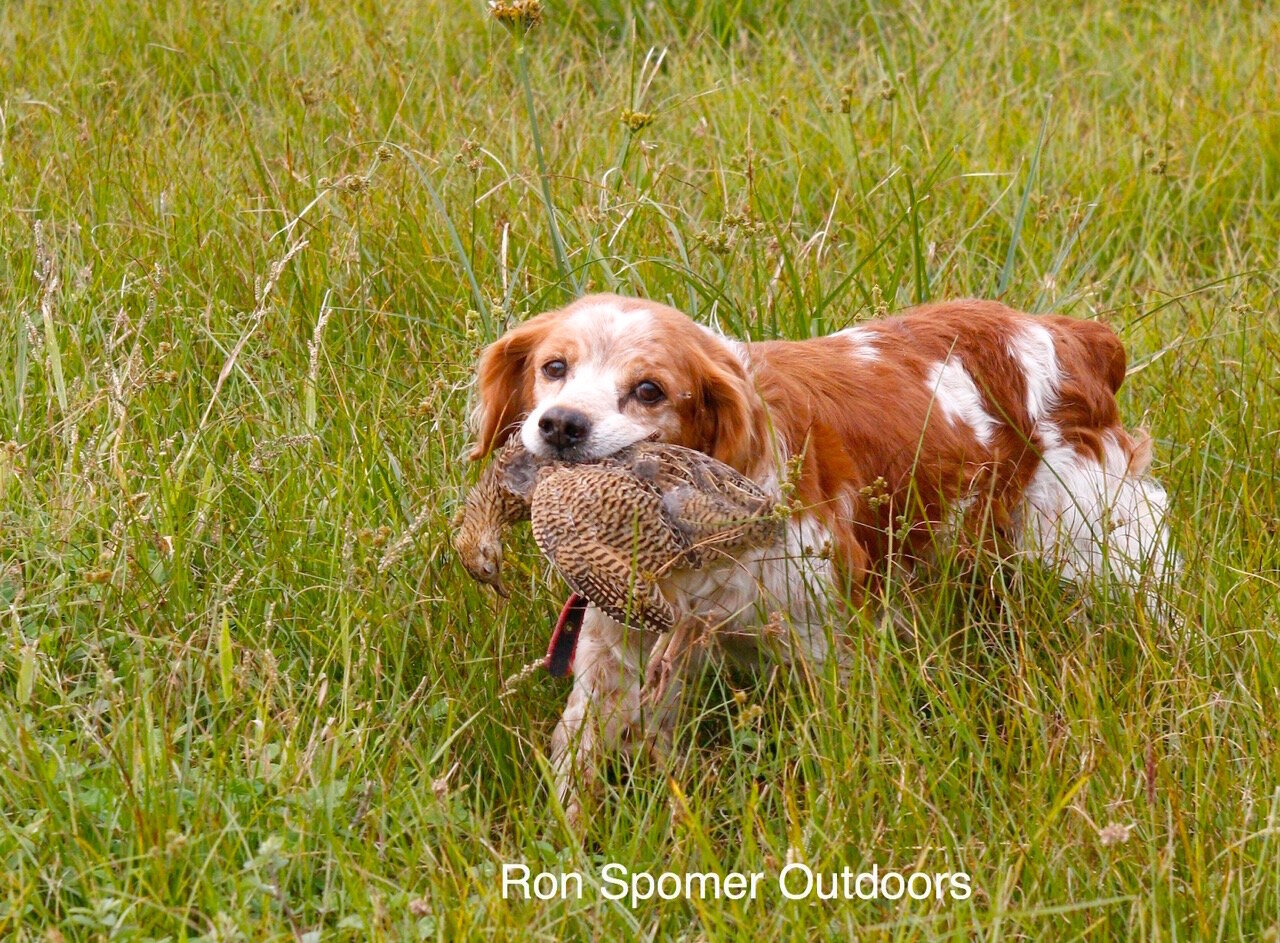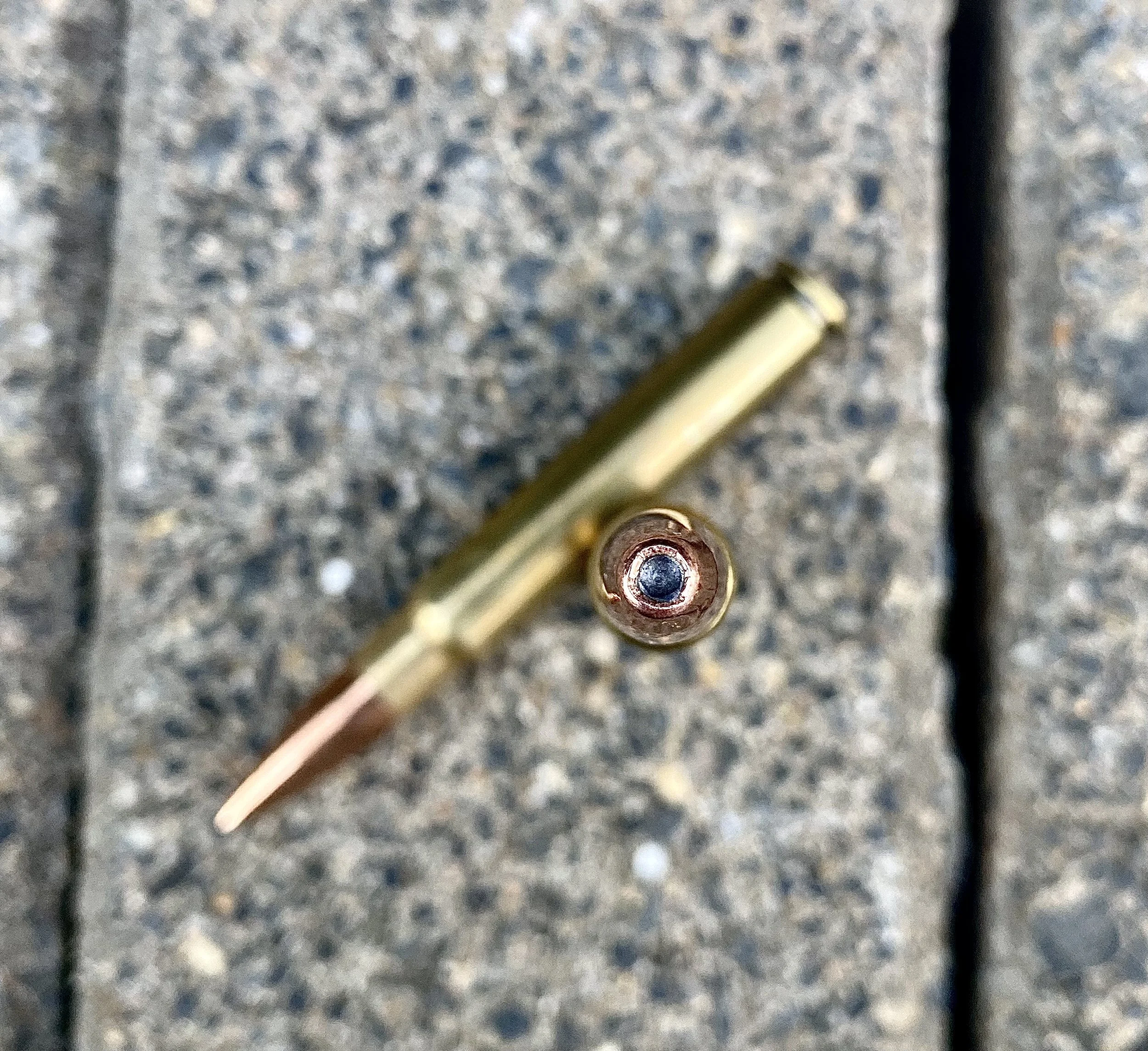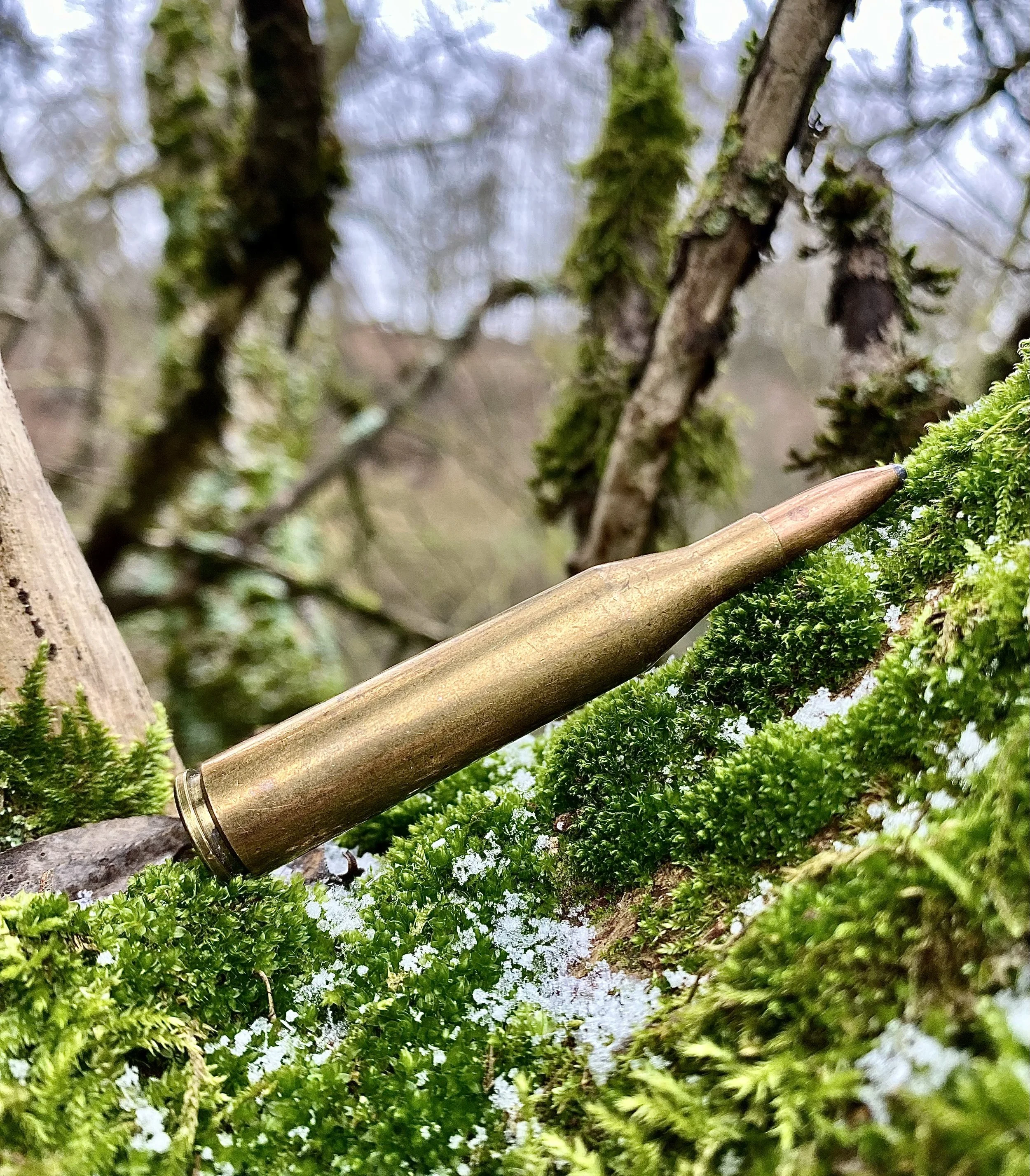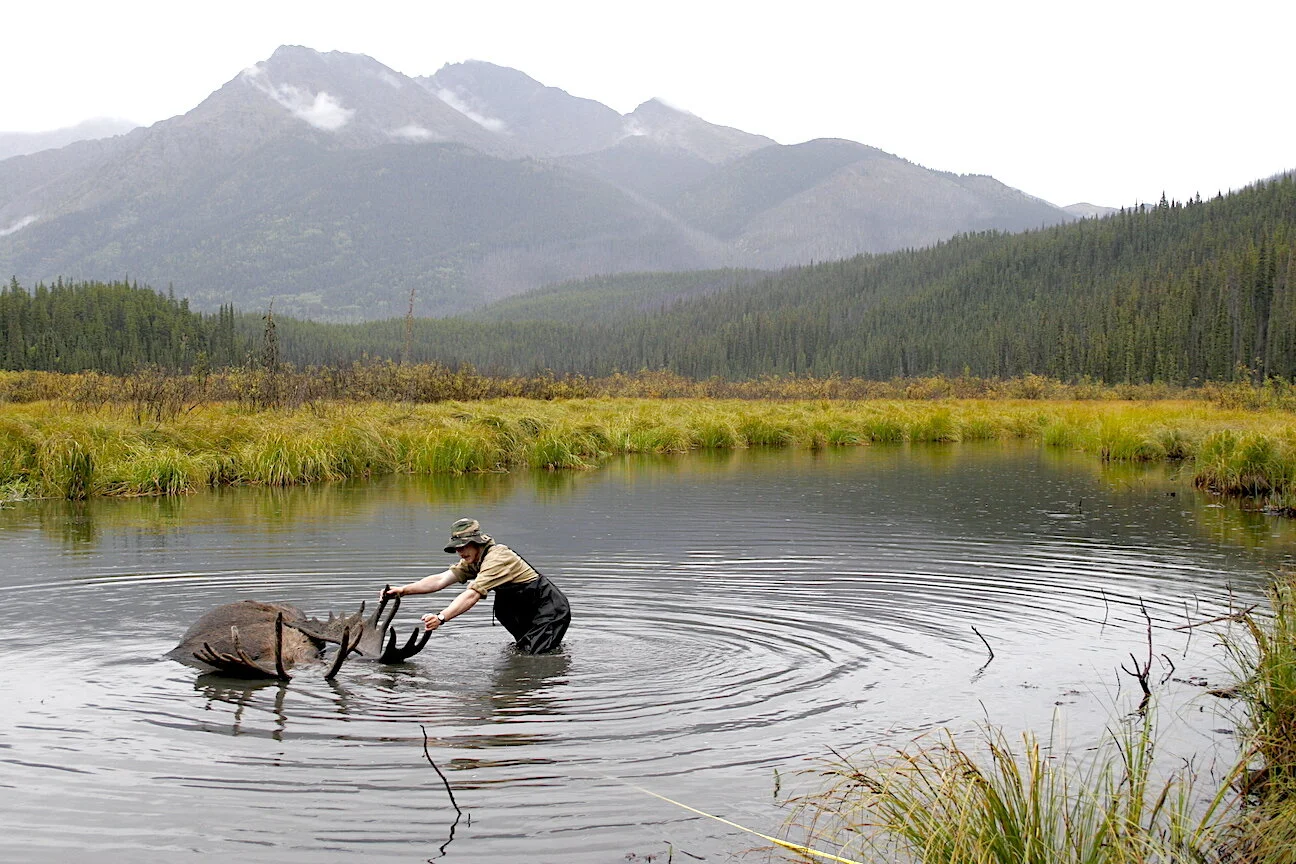Spring Argentina Cast Blast Adventure
It was May and the fish were biting. We went duck hunting instead. Legally.
If you think spring duck hunting sounds odd, wait until you read about:
1. The partridges we shot that weren't partridges.
2. The "salmon" we caught that acted more like piranhas — and weren’t really salmon.
3. The pigeons so large they make our barn pigeons look anorexic.
4. The doves that flew past by the hundreds — for three hours.
5. The new Winchester SX4 autoloading shotgun we were testing as an excuse to hunt all this.
What follows, dear readers, is a short review of one exotic, wild “gun testing” adventure… And one that you might want to duplicate.
Spring Duck Hunt Starts the Argentina Cast Blast with a Blast -- or Two
Caught in the open.
It started with a dark, pre-dawn boat ride down a muddy river just beginning to drop from flood stage. We tied at the edge of an inundated thicket of saplings, grabbed a few strings of decoys and followed our guides through boot-sucking mud to a circle of deciduous branches poked into the mud of a backwater pool. Teal began trickling in at first light. The full flurry came mid-morning. A brace from the left, three from the right, a small flock from behind. The limit was 10 birds per hunter and sometimes we couldn’t shove fresh shells into our prototype SX4s fast enough to keep up.
The flotilla of shells suggest hot duck shooting -- or poor duck shooting. It was a little of both.
Los Laureles guide lends a helping shoulder at end of duck hunt.
Winchester's SX4 handled all the shooting duties at Los Laureles.
Non-Partridge Partridge Hunt Part of the Argentina Cast Blast
After hanging our 20 ducks to age properly back at the lodge, we followed a sharp-nosed brittany across the upland pastures as it pointed hard-flushing partridges — that really weren’t partridges.
This little, old Brittany pointed and fetched tinamou like the veteran he was.
They behaved like partridges, but were really a species of tinamou more closely related to tall, long-legged, flightless rheas, South America’s version of Africa’s ostriches. Tinamou, more commonly called perdiz by locals, are an example of convergent evolution. Even though they are not related to any of the world’s gallinaceous birds (like partridges, quail or pheasants,) they evolved similar traits like walking and running to forage and hide. I consider perdiz hunting the best part of this Argentina spring cast-and-blast adventure.
Perdiz flush so low and fast that it's hard to get them into a picture.
They flush close, hard, fast and low like Texas bobwhites. I usually hunt such species with light, quick-handling 20- or 28-gauge doubles. For a 12 gauge, the SX4 proved so trim and light that I was able to operate it more than quickly enough to handle the perdiz. This was a pleasant surprise.
Winchester's SX4 prototype handled beautifully during our upland-style perdiz (tinamou) hunts.
On To Fishing Gold in the Argentina Cast Blast
By now you may have deduced we were hunting in Argentina where May is early fall. In places like Los Laureles hunting lodge on the Parana River, visiting sportsmen can enjoy a feathered and finny smorgasbord. After our duck and perdiz hunting, we boated the big river and cast into swirling riffles and eddies for aggressive golden dorado, Salminus brasiliensis.
Golden dorado are flashy, splashy fighters.
Despite that name and an adipose fin, these toothy, yellow fish aren’t at all related to real salmon. They aren’t related to saltwater dorado’s either. But they are a spectacular fish to catch, see and eat. We nailed several 5 to 12 pounders and lost many more. Most pounced on our plugs shortly after they splashed down. All leaped like largemouth bass and pulled like catfish. One bit the finger of a curious writer who reached in to see how sharp those fangs were. (Quite!)
David Draper shows why the "Golden" part of this fishes name if appropriate.
To The Dove Fields!
With the gold fish checked off our list, we hightailed it to the dove fields where thousands of eared doves, about the size of our mourning doves, poured overhead en route to roost trees. They were joined by a few spot-winged pigeons and giant picazuro pigeons. This was to be the real test of the SX4. High volume shooting. Dove/pigeon shooting here is a phenomenon you have to see to appreciate. The sheer number of birds is magnificent, a furious swarm made possible by Argentina’s mix of crop fields and nesting forests. The two exist in just the right proportion to fuel an estimated 300 million doves, and that total seems to grow every year as more crops like milo and sunflowers are planted in and among rolling, brushy hills. The hunting harvest barely dents this total.
A typical pack of passing doves. There will be another and another and...
This is a shoot more than a hunt. You stand in the shadows at the edge of the trees over a case of shells and shoot as birds pour overhead. With well over 1,000 rounds through my SX4, the buildup of carbon began to tell. Sometimes the bolt wouldn’t fully close. Sometimes the next round wouldn’t fully chamber. Sometimes a shell would fail to ignite. I took to single loading rather than using the magazine. After cleaning, the gun went back to normal function. This was exactly the kind of abuse testing Winchester wanted so they could fine tune the new model before release in 2017. I’ve started shooting a production model that is, so far, running smoothly. Of course, I haven’t pounded 1,000 rounds through it yet, either…
Policing empties after a dove shoot takes longer than most U.S. dove hunts.
If the idea of hunting ducks, upland birds, oversizes pigeons and thousands of doves — with a bit of river fishing to break up the monotony, you might want to consider a quick visit to Los Laureles Lodge. The lodge was built specifically for hunters. It looks rustic, but has all the modern conveniences, including internet service. The chefs will have you speaking Spanish (no mas!) and appreciating the exotic flavors of the game you’ll take. Trust me, perdiz, duck, dove and dorado prepared Los Laureles-style will wean you off beef and chicken in a hurry — but they serve plenty of the latter, too.
Forget beans by Coleman light. Los Laureles feeds the troops in style.
The lodge has offered a special deal: 4 days of wing shooting/fishing for $200 below standard daily rates. That amounts to $3560 for the complete adventure. Your only other expenses will be getting there via a commercial flight to Buenos Aires and a 45 minute in-country flight. Oh, and shells, of course. You'll shoot a few of those. Available dates are June 26-30 and July 31-Aug. 4, 2017.
I can’t promise you’ll enjoy yourself, but I certainly wouldn’t bet against it. I do believe you’ll come away fatter, a bit spoiled — and a much better wingshot. If you have the time, money and desire for this Argentina cast blast adventure, write me via the Contact Us portal near the top of this page. If those summer dates don't look possible, there's a December option, too.
Ron Spomer has been hunting, photographing and preparing articles about his adventures for numerous magazines for longer than many of his readers have been able to read.
























